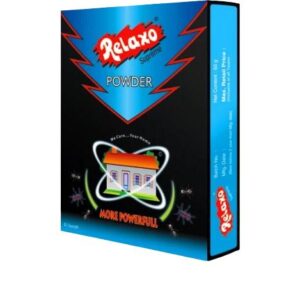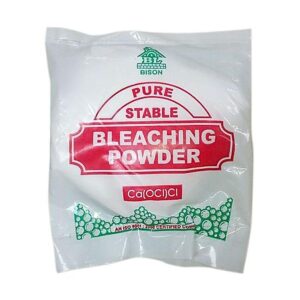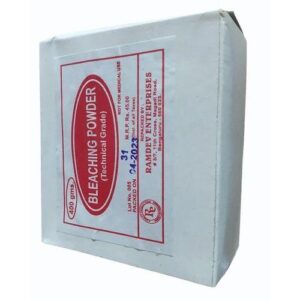BLEACHING POWDER
BLEACHING POWDER: Bleaching powder, commonly known as calcium hypochlorite, is a chemical compound often used as a disinfectant and bleaching agent. It has diverse applications in various industries, including water treatment, textile manufacturing, and the cleaning and sanitization of surfaces.
The mechanism of action of bleaching powder is primarily related to the release of chlorine upon contact with water. The chlorine component of bleaching powder serves as an oxidizing agent, capable of breaking down organic compounds and destroying microorganisms. This makes it effective in killing bacteria, viruses, and other pathogens, as well as removing stains and whitening surfaces.
The dosage of bleaching powder depends on the specific application. In water treatment, for example, it is typically used in very small quantities to disinfect water sources. It is important to follow the recommended dosage instructions provided by the manufacturer to ensure safe and effective use.
While bleaching powder can be very effective, it is important to note that it can also be hazardous if not handled properly. It is toxic when ingested or inhaled, and can cause skin and eye irritation upon contact. Therefore, it is essential to take appropriate precautions, such as wearing protective gloves and goggles, when working with bleaching powder. Additionally, it is crucial to keep it out of reach of children and pets.
In summary, bleaching powder is a chemical compound commonly used as a disinfectant and bleaching agent. Its mechanism of action involves the release of chlorine, which helps kill microorganisms and remove stains. However, it should be handled with caution due to its toxic properties, and proper safety measures should always be followed.



